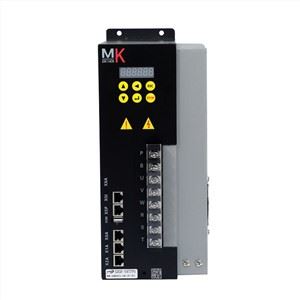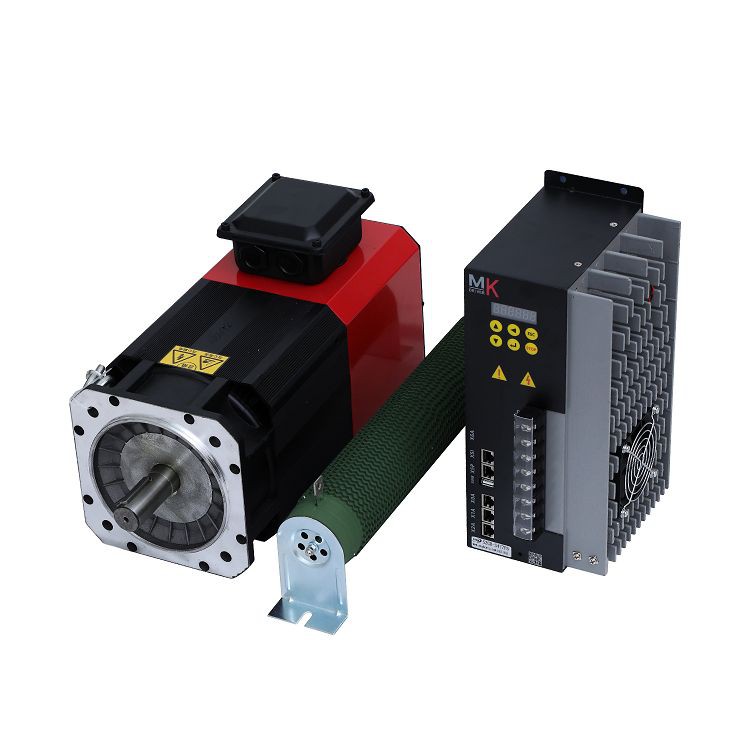
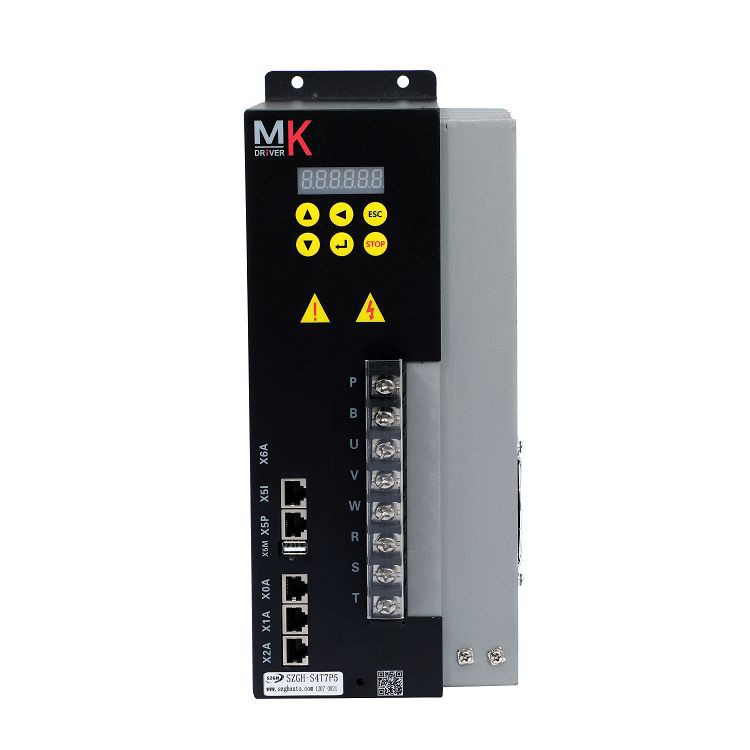
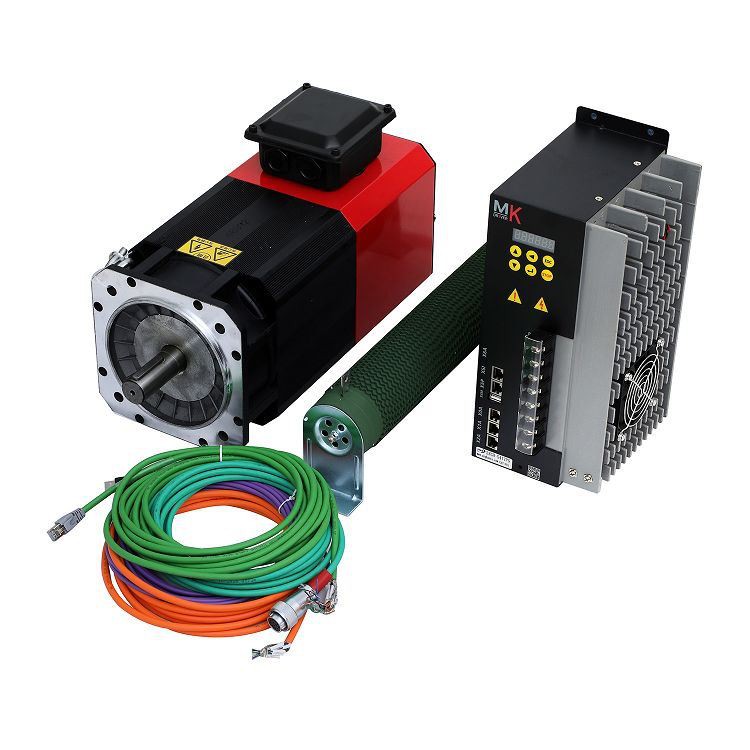
Input Power | Rated Voltage/frequency | Three-phase 380V/480V;50Hz/60Hz |
Allowable Voltage range | +10%~-15% | |
Allowable Frequency Fluctuation | ± 5% | |
Control Features | Control Mode | PWM Vector Control |
Speed Adjustment Range | 0.01~500Hz | |
Speed Stabilization Precision | ± 0.1% | |
Acceleration/Deceleration time | 0.05~3000Hz/s | |
Torque Control | 200% Rated torque output;Torque precision ±5% | |
Position Control Precision | ±1 Pulse | |
Braking Mode | Powered Braking | |
Overload Capacity | Twice Overload | |
I/Os | Digital Input | 10 points , NPN or PNP(Optional) |
Digital Output | 6 points , NPN | |
Relay Output | 2pcs ,DC30V/1A Or AC250V/1A | |
Analog Input | 2 inputs, A0:±10V; A1: 0~±10V Or 4~20mA | |
External Pulse Input | 1 type ,ABZ phase pulse ,Pulse+Direction Or | |
Motor Encoder Input | 1 type,RS422 TTL , Rotatry Connector(Optional) | |
Motor Encoder Output | 1 pcs,RS42TTL ,Output Frequency Range: | |
Protection Function | Over-Voltage Protection,Low-Voltage Protection,Over-Current Protection,Over-Heat | |
WorkingEnvironment | Operating Site | The product shall be mounted verticlly in the |
Humidity | 5~90%, not allow condensing | |
Altitude | 0~3000Meters,derated above 1000m, the | |
Vibration | Under 20Hz:1G; 20~50Hz: 0.2G | |
Independent Quasi Stop: Positioning with High Precision(0.03。)
Rigid Tapping: Max speed of tapping is 3000RPM ,Min of dental work is M3 ;
Function of C-Axis: Indexing Accuracy: +/-1 Pulse ; Turning/Milling: 0.01rpm ;
Cutting in Low Speed: Overload(3 times holding torque),ensure stablity of cutting,applied in casting process;
High-Speed Precision Machining: Constant power output over 4000RPM,stable ratoting speed,ensure finish;
Strong Applicability: Match for CNC System , PLC etc.
Powerful Development : Custome Manufacturing .
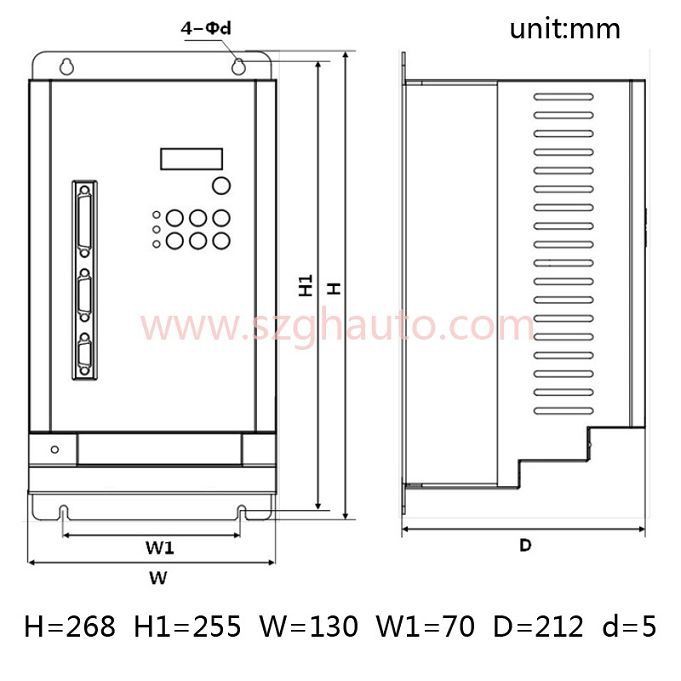
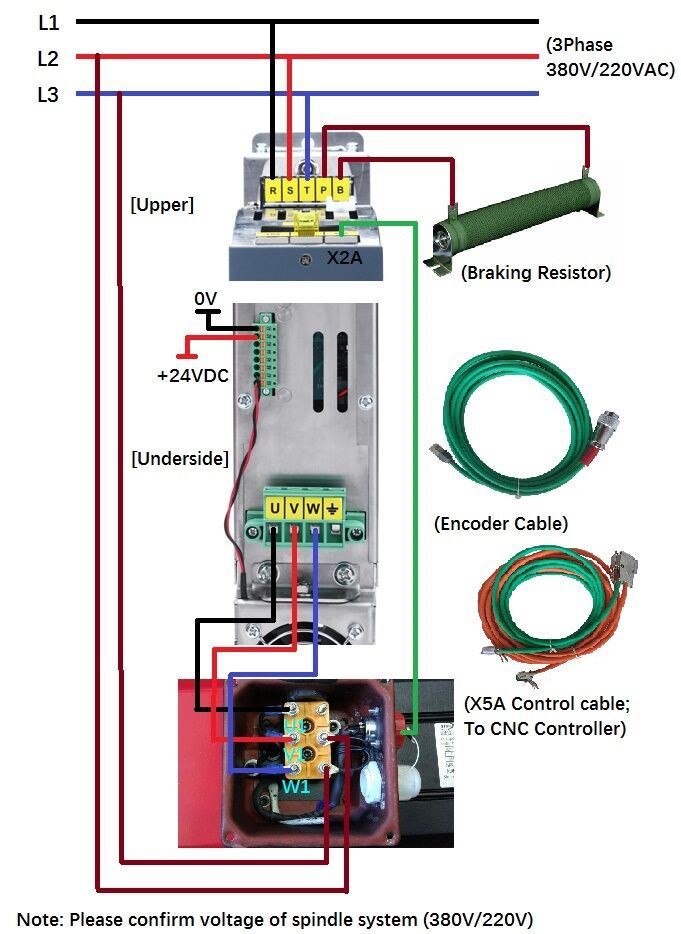
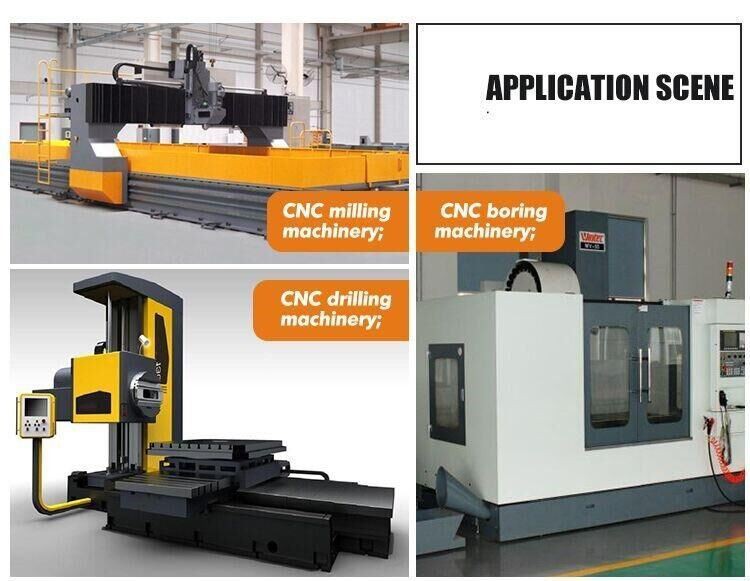
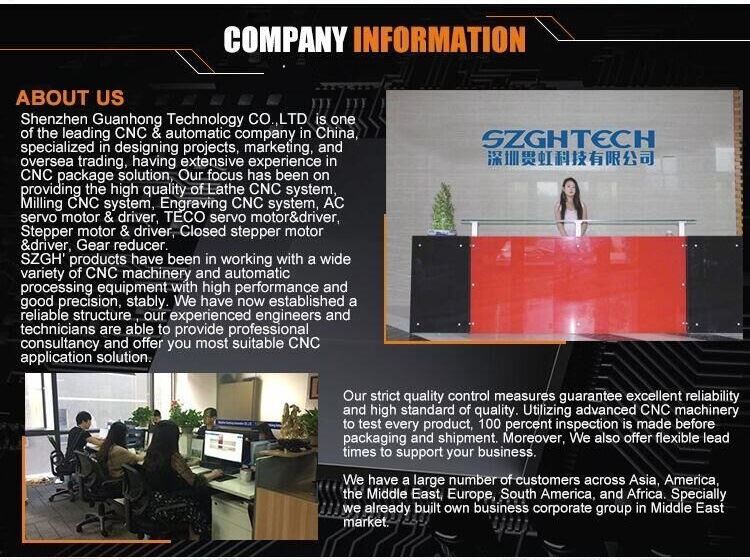
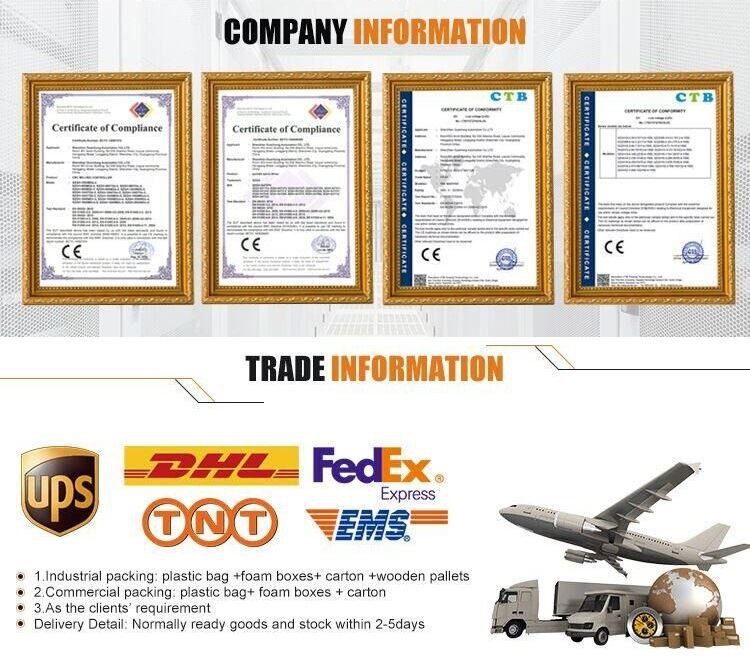
FAQ
Q: Which shipping way can you provide?
A: We can provide shipping by sea, by air and by express.
Q: What’s your after-sale service?
A: Our quality warranty period is one year. Any quality problem will be solved to customer satisfactions.


